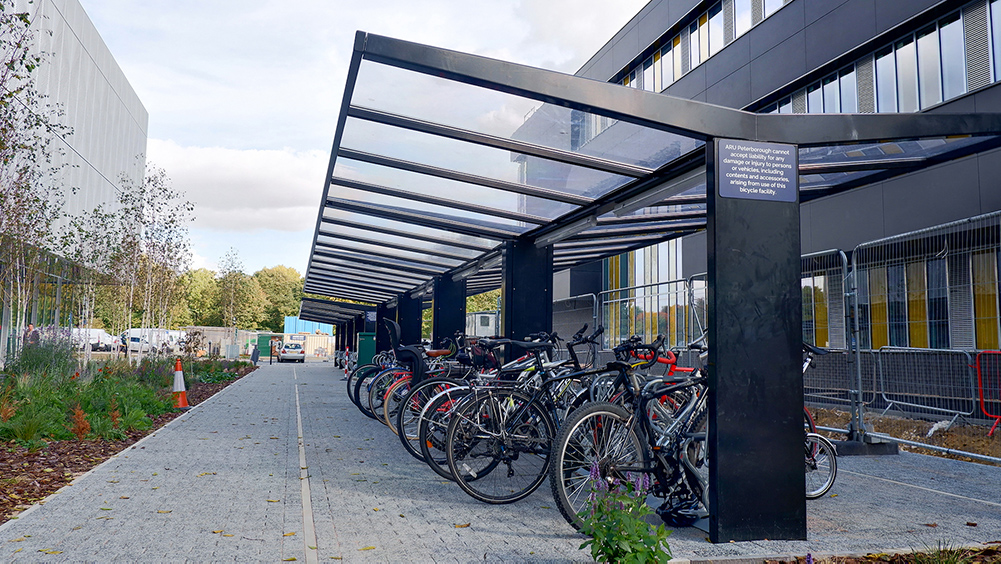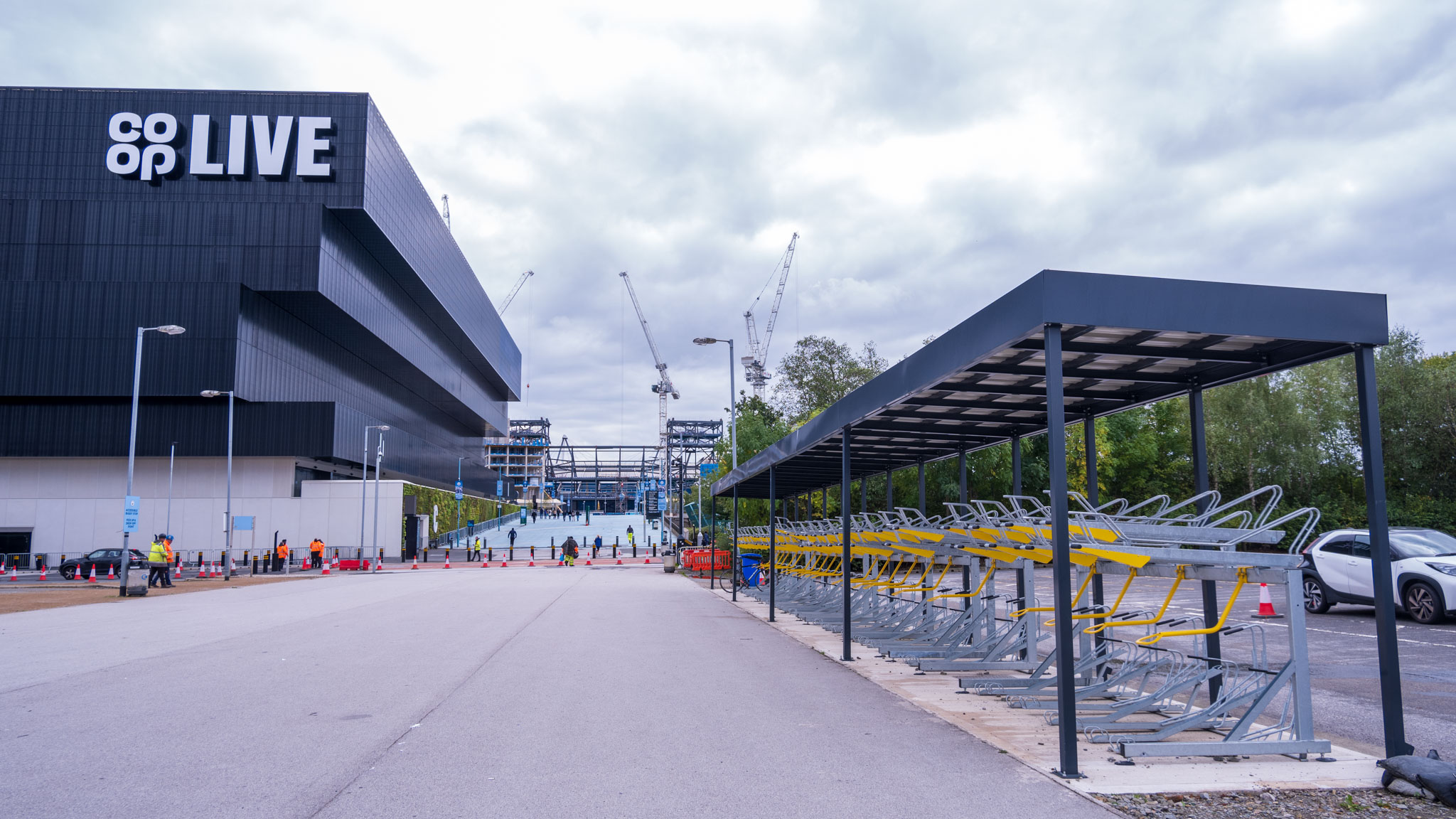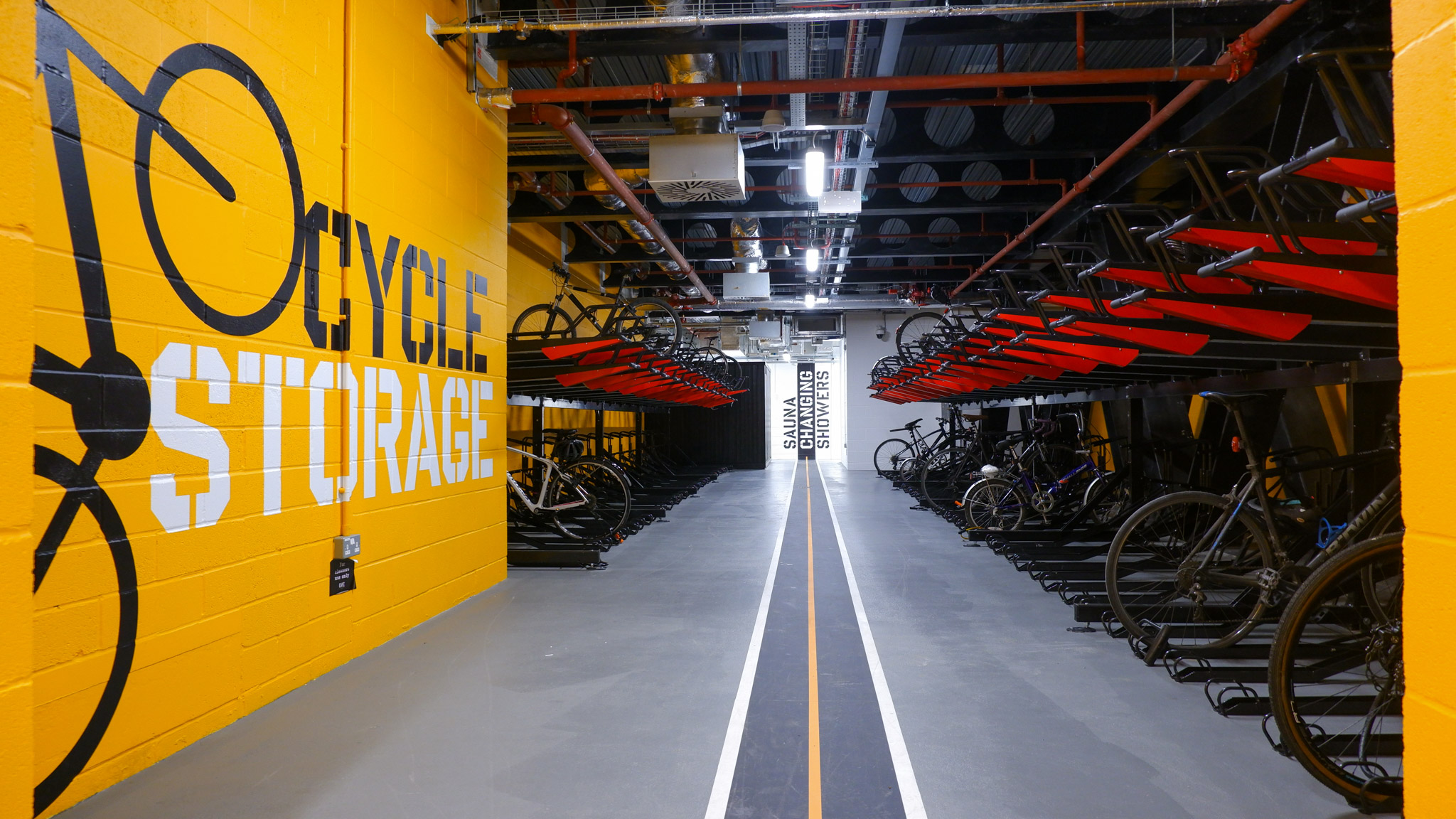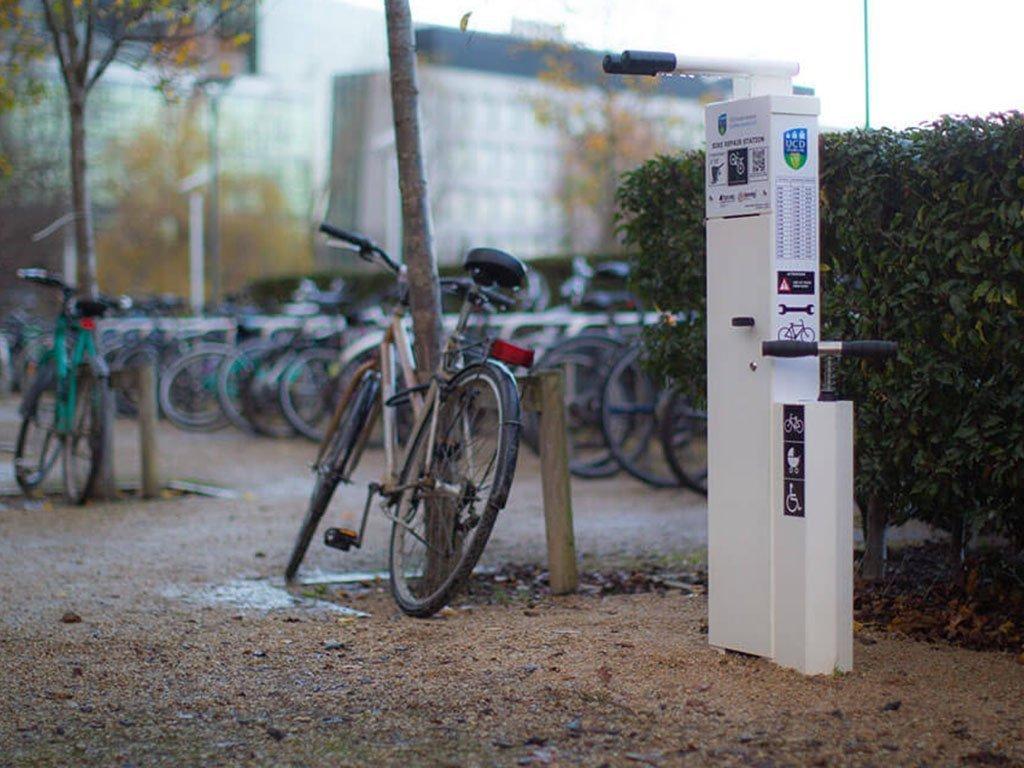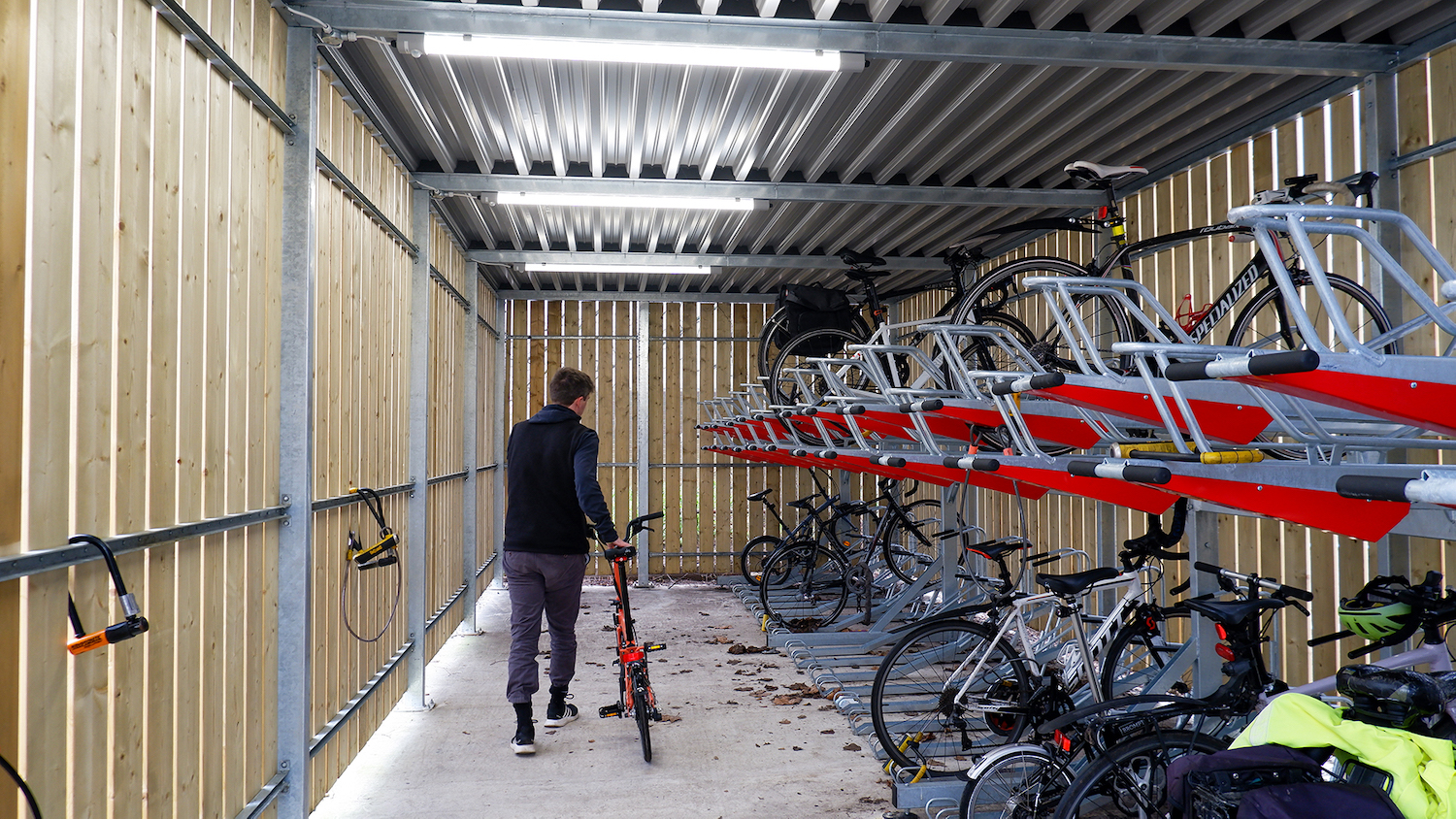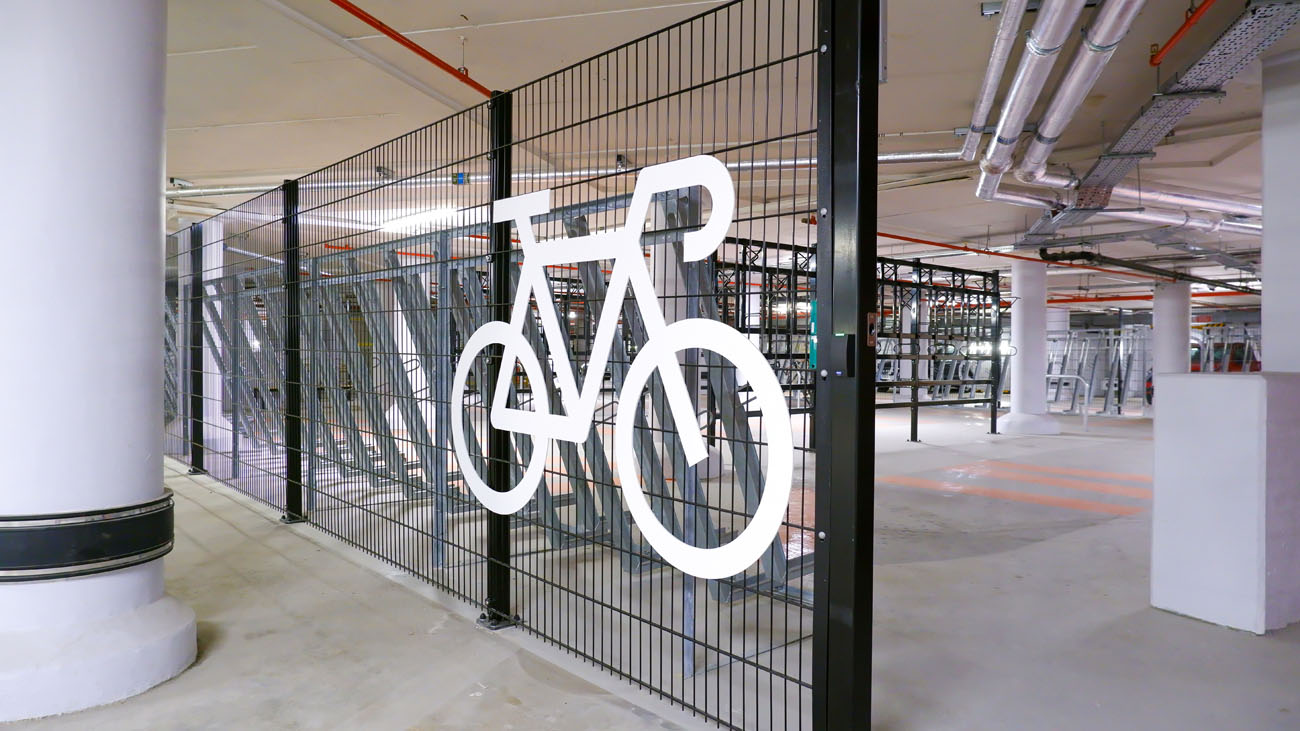We’re proud of our projects. From vast office end-of-trip facilities in the City of London, through to green roofed cycle shelters in rural Wales.
We’re proud because we believe that cycle parking can help more people choose active travel journeys, which in turn can make our cities more liveable, reduce the impact on our environment, and boost health and wellbeing.
We also believe that the built environment has a lasting impact on our everyday lives, and should exist to be functional, aesthetically pleasing, and sustainable.
Making this a reality requires quality cycle parking that meets the correct standards: welcoming, safe, and easy to use for everyone. Projects that fall short won’t have the same impact, and that’s important.
So how do we meet these standards? Why are they important? And is there a bigger picture for cycle parking?
Meeting national standards and guidelines
UK standards for cycle parking come in the shape of both national and local guidance. All rely on the LTN 1/20, which is the default government guidance for local authorities installing active travel infrastructure.
In London, the LCDS is a set of guidelines and standards for all cycle parking, and is also adopted across the country.
All guidance prioritises designs which get more people cycling. Gas-assisted two-tier racks – which use a gas strut to bear the load of the rack – are an essential. As are correct loading distances, secure locations, and the provision of accessible cycle parking spaces.
Proper installations can be used by thousands of people every year, and last for many years to come.
But despite the existing standards and guidelines, many manufacturers continue to offer non gas-assisted two-tier racks, often in compromised areas with low ceiling heights. They’re unsafe, unwieldy, and hard to operate.
We’ll always work with our clients to understand which cycle racks work best in which space or shelter, following guidelines and taking cues from our experience and similar projects.
All our shelters and two-tier racks meet CE/UKCA regulations. For shelters, structural calculations are essential, especially for areas with higher wind speeds.
Meeting these criteria helps us ensure cycle parking really works. If someone is physically unable to park their bike, or doesn’t feel safe and secure in doing so, then they simply won’t use the cycle parking.
Without installing quality facilities, you not only create health and safety hazards, but also risk adding barriers that will stop people choosing active transportation.
